Relative roles of static and dynamic abiotic conditions as drivers of foraging behaviour in breeding Sandwich Terns
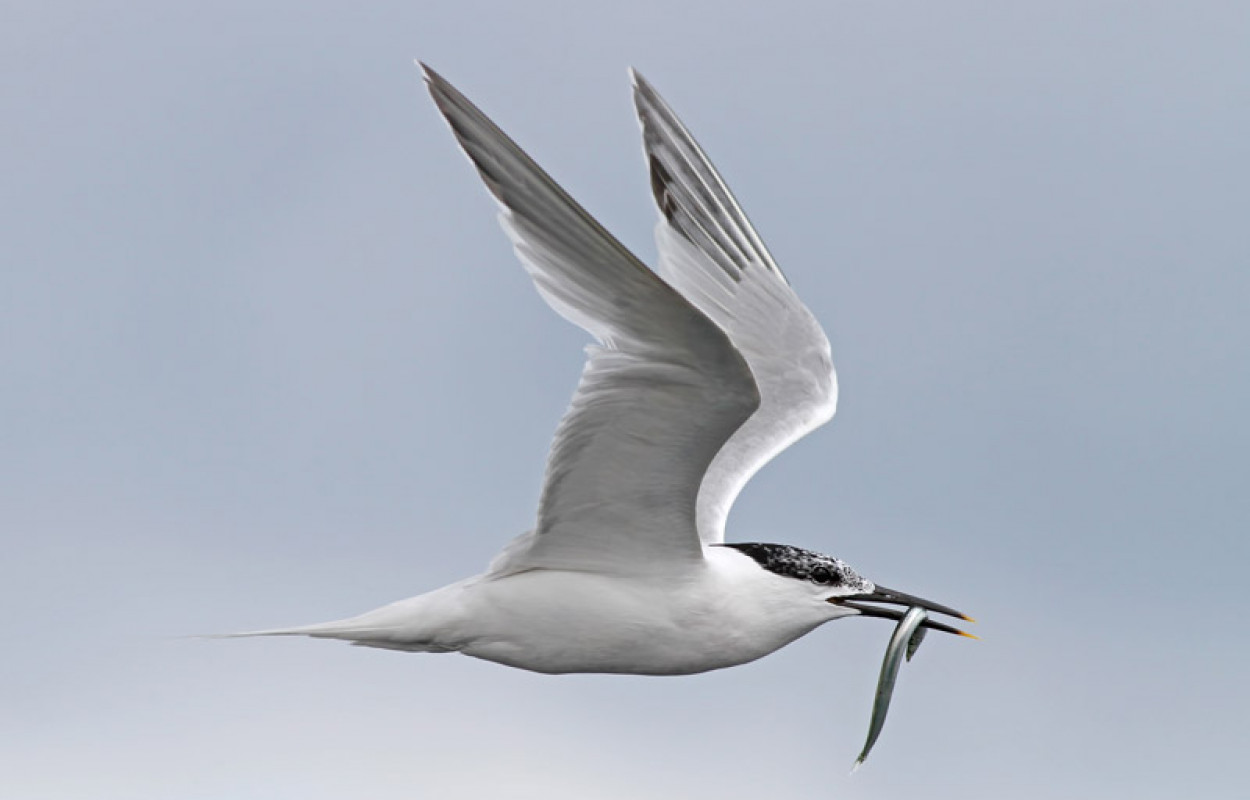
Author(s): Fijn, R.C. Thaxter, C.B., Geert Aarts, G., Adema, J., Middelveld, R.P. & van Bemmelen, R.S.A.
Published: June 2022
Journal: Marine Ecology Press Volume: 692
Digital Identifier No. (DOI): 10.3354/meps14076
New research involving BTO used GPS tagging to examine Sandwich Tern foraging behaviour during the breeding season. Like other seabirds, Sandwich Terns are so-called ‘central place foragers’ while they are incubating eggs and feeding chicks, shuttling to and from their nest site in search of food. However, successfully finding food on each trip away from the nest requires navigating a continually changing marine environment and relocating moving prey.
Abstract
Where and when animals forage depends on the spatio-temporal distribution and catchability of prey. In dynamic environments, animals could repeatedly target areas that provide predictable availability of prey or may search for ephemeral conditions of high prey availability. However, how foraging behaviour is initiated in response to static versus dynamic environmental conditions is difficult to study data on abiotics are often lacking.
In this study, central-place foraging Sandwich Terns were tracked using GPS-loggers during foraging. Using Hidden Markov Models, the probability of switching between transit and foraging was shown to be most strongly affected by the static variable sediment type. Wave period (a dynamic variable related to weather), salinity (a spatially changing variable) and water depth (another static variable) affected the transition probability to a lesser extent. Cloud cover, wind speed and current speed were only included in lower ranked models. Air and water temperature were not included in any model.
Consistent with the greater importance of static versus dynamic abiotic conditions, consistency between foraging trips of the same individual varied irrespective of tidal, diurnal or seasonal cycles although trips close in time in the season were slightly more similar than trips with a larger time gap.
We suggest that Sandwich Terns target broad areas with coarser sediments where sandeel (Ammodytidae spp.) are more common, and that weather variables may be related to prey visibility.
Our study suggests that, even in highly dynamic environments, static environmental variables may more strongly affect foraging behaviour of coastal seabirds than dynamic variables.
In this study, led by Bureau Waardenburg, breeding Sandwich Terns in colonies near the Dutch North Sea coast were fitted with GPS tags. These recorded the date, time, position and speed of each bird at five minute intervals. The study authors broke down each tern’s trip away from the nest into three key categories: ‘resting’, when birds were on the water, ‘transit’ flight, where birds were travelling fairly directly to or from the nest and a particular location at sea, and ‘foraging’, where birds performed a series of turns and concentrated their movements on one area in search of food.
The results showed that the switch from transit flights to foraging - when birds stopped travelling to look for food - was most strongly correlated with the grain size of sediment in the water column. This is linked to the presence of sandeels, which are the staple diet of Sandwich Terns (and other seabird species) throughout the breeding season. Sandeels associate with relatively coarse, sandy sediments, and tern foraging focused in areas where these conditions were present. Terns also foraged more in areas of higher salinity, which is also linked to higher sandeel abundance, as well as to the presence of Herring, another Sandwich Tern prey species.
The study reveals that Sandwich Terns can adapt their behaviour to changes in their environment. By foraging over broad areas, birds may be able to maximise the prey they encounter despite changeable conditions. However, these conclusions need further investigation in areas this work could not fully consider, such as finer-scale habitat details. Together, these findings could have wider implications for the conservation of Sandwich Terns and related species, particularly given the threats that seabirds are currently facing like climate change, offshore marine developments, disease and alteration to coastal habitats.
Notes
Acknowledgements
This study was part of the monitoring programme into the effects of the compensation measures designed for the construction of the seaward expansion of the Rotterdam Harbour (Tweede Maasvlakte). This programme (PMR-NCV) was initiated by the Dutch Ministry of Infrastructure and the Environment and commissioned by Rijkswaterstaat WVL (M. van Eerden and K. Borst). Bureau Waardenburg, INBO Research Institute for Nature and Forest, and Delta Project Management carried out the research on terns within a project commissioned by Wagingen Marine Research (a.o. I. Tulp) and Deltares (a.o. T. Prins). The authors would like to thank A. Gyimesi, M. Poot, M. Collier, E. Bravo Rebolledo (Bureau Waardenburg) and W. Courtens, E. Stienen, H. Verstraete and N. Vanermen (INBO) for help in the field and J. de Jong (BW) for parts of the analysis. Fieldwork was carried in nature reserves of Natuurmonumenten and Staatsbosbeheer and W. van Steenis, H. Meerman, J. de Roon, M. Broere (NM) and R. in ‘t Veld, N. de Bruin, A. Wesdorp (SBB) are thanked for their cooperation and hospitality.
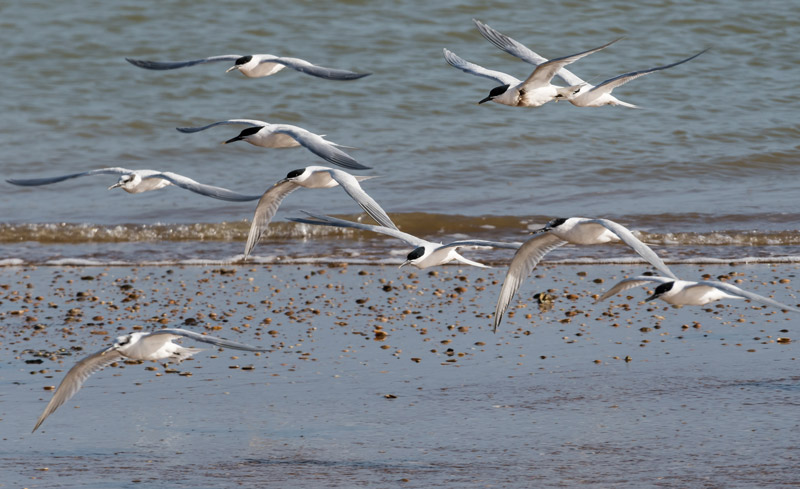



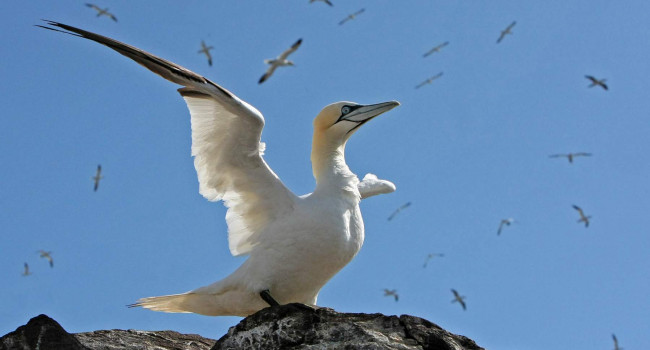
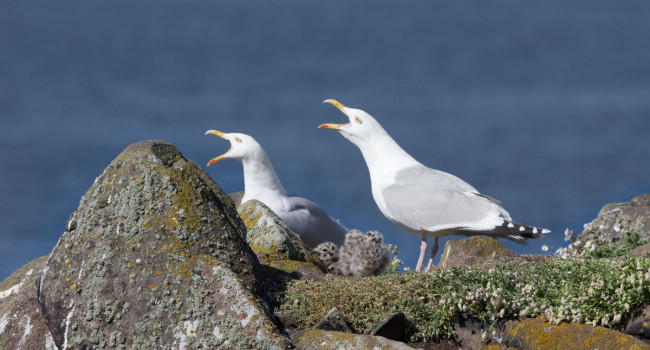
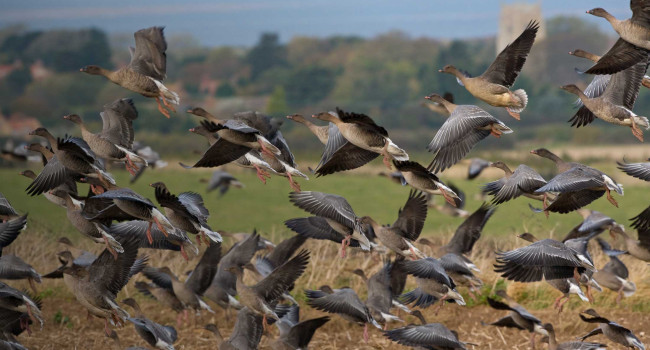

Share this page